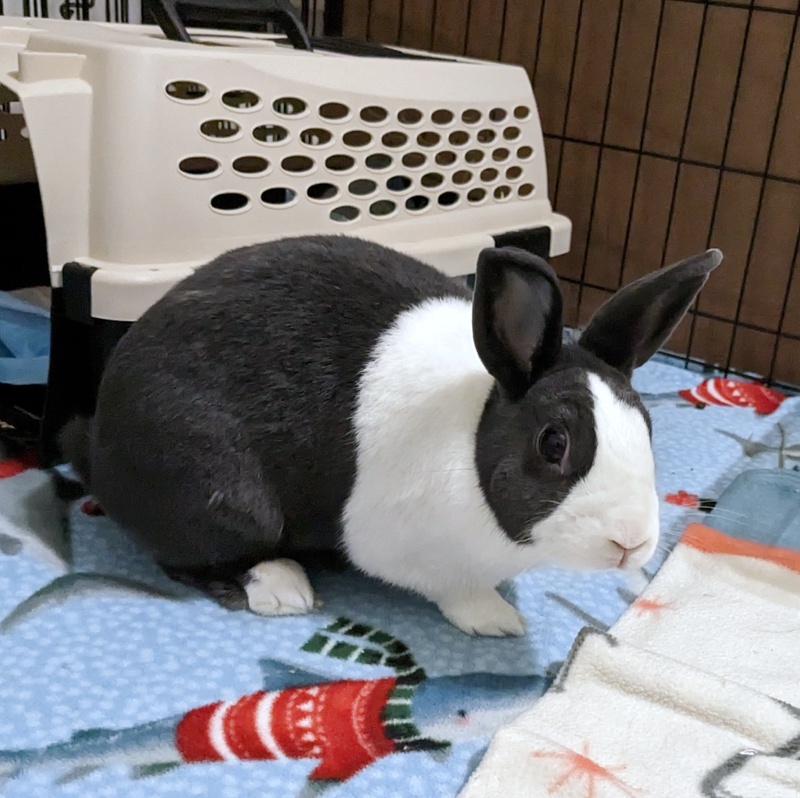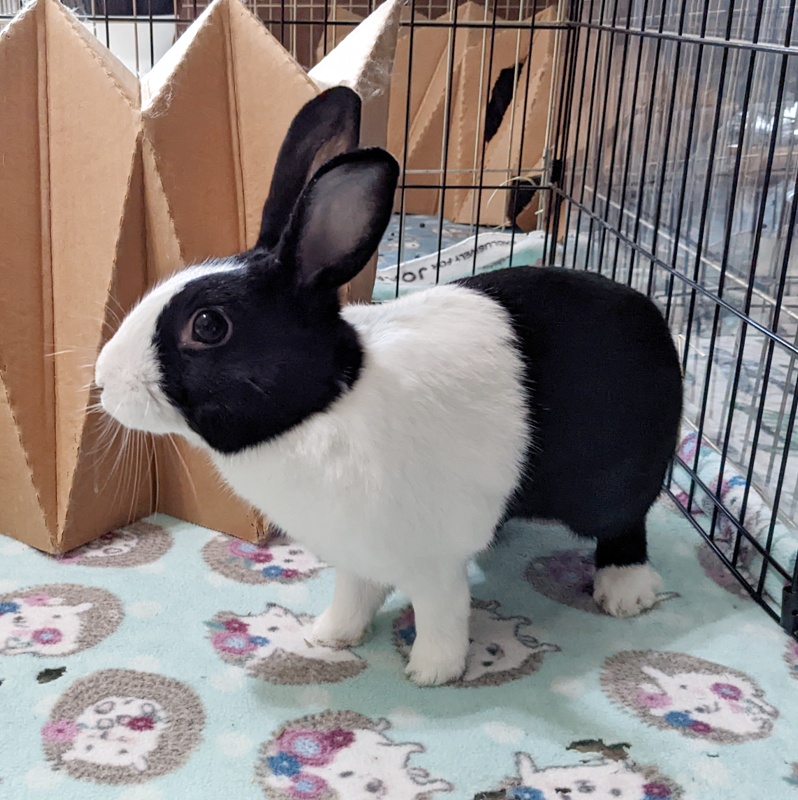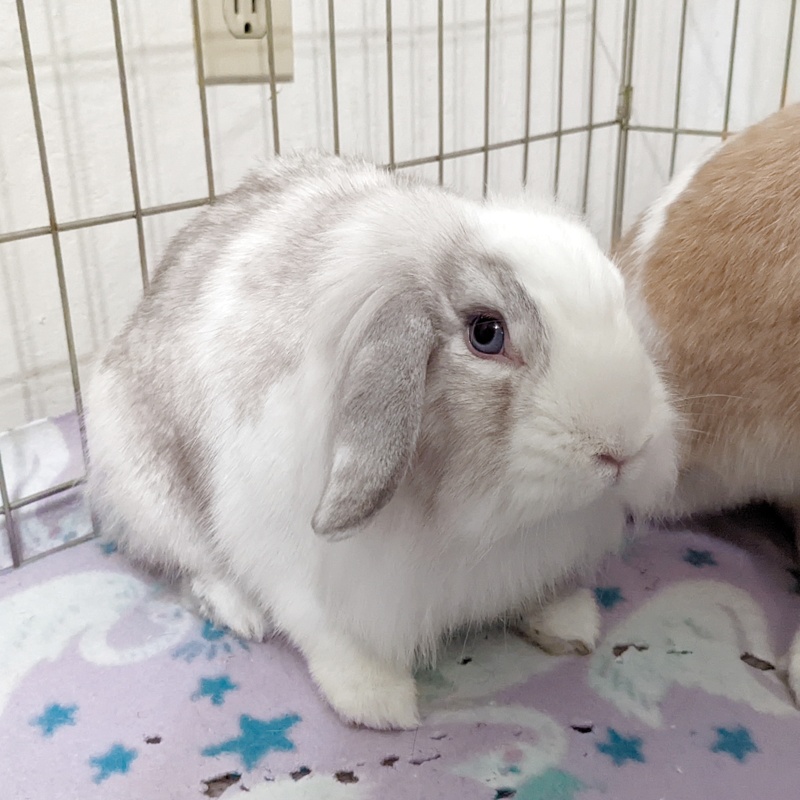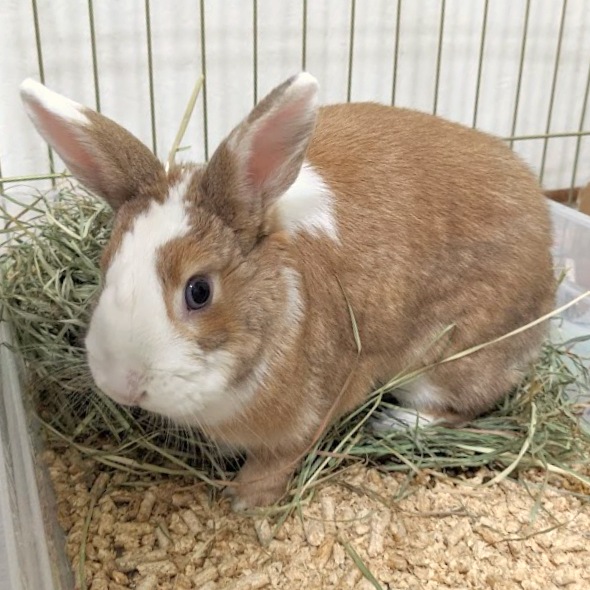Most pet rabbit owners are always curious to know what breed their rabbits are. “What breed is my rabbit?” This can be very difficult if the rabbits don’t look like any obvious purebreds, and you do not know what the parents looked like. Do keep in mind that pet rabbits are usually mixes of indeterminate breeds. Many people like to guess based on their rabbit’s color, but the color of the rabbit does not always make the breed, as many breeds can come in a large variety of colors.
The following guide can help owners identify basic purebreds and possible obvious pet mixes.
What type of fur does your rabbit have?
This question helps to first eliminate the obvious Rex rabbits and non-Rex rabbits. The Rex fur is a recessive gene, so if your rabbit has Rex fur, that usually limits them to either a purebred Mini Rex, Rex, or several velveteen lop breeds. Rex fur is a specific short velvet-like feel, and cannot be mistaken for regular rabbit fur. Other indications that your rabbit is a Rex (or may be a mix) are short curly whiskers, exclusive to the Rex breeds.
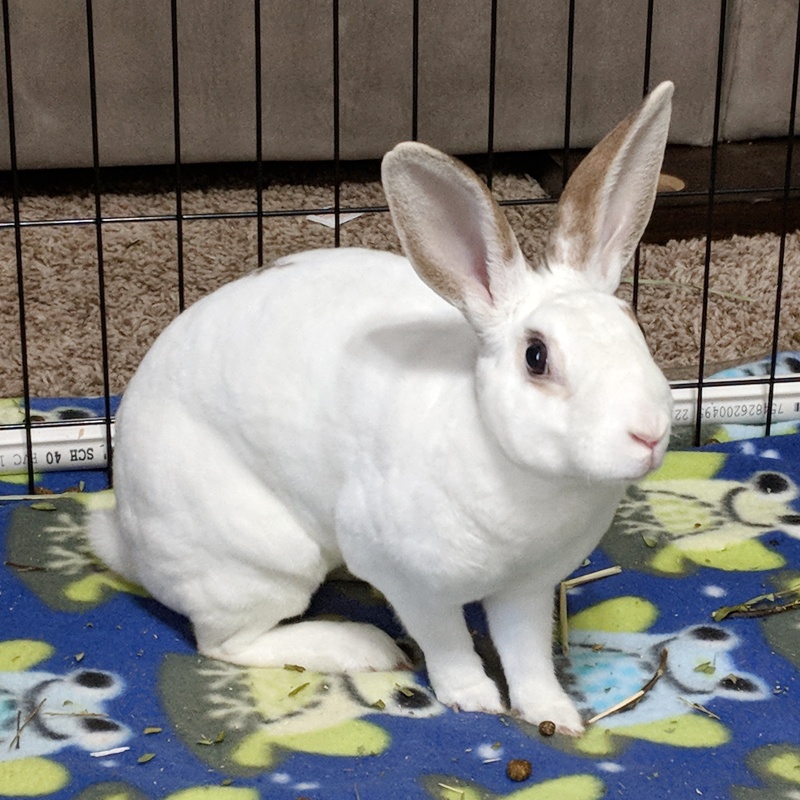
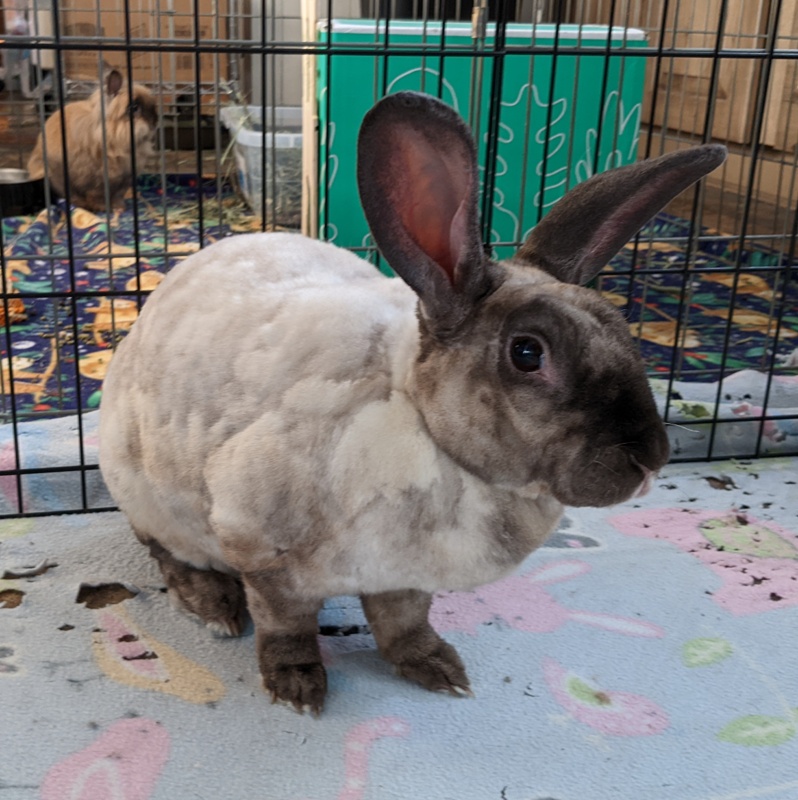
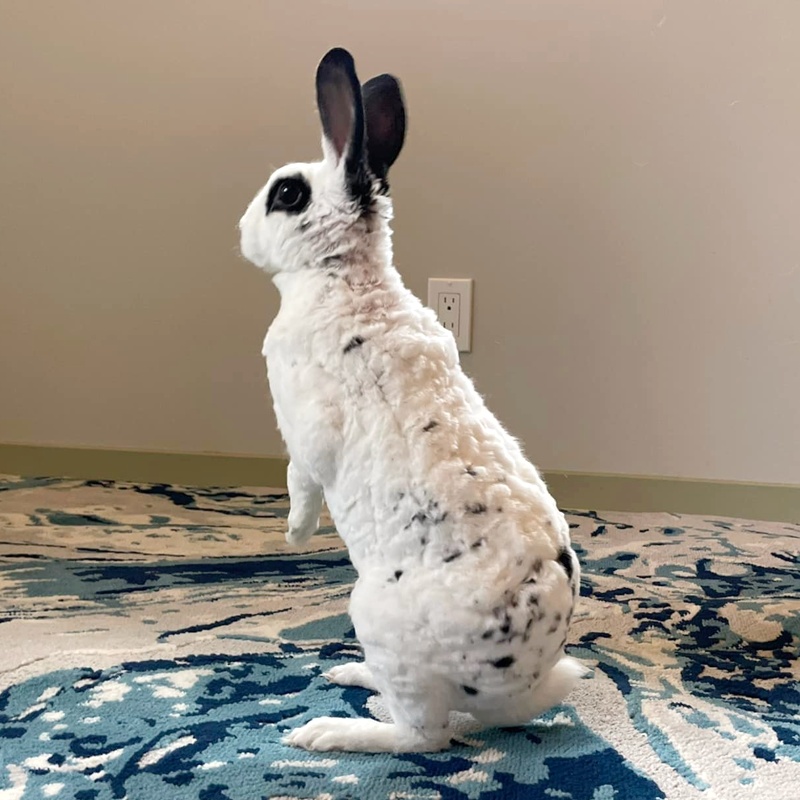
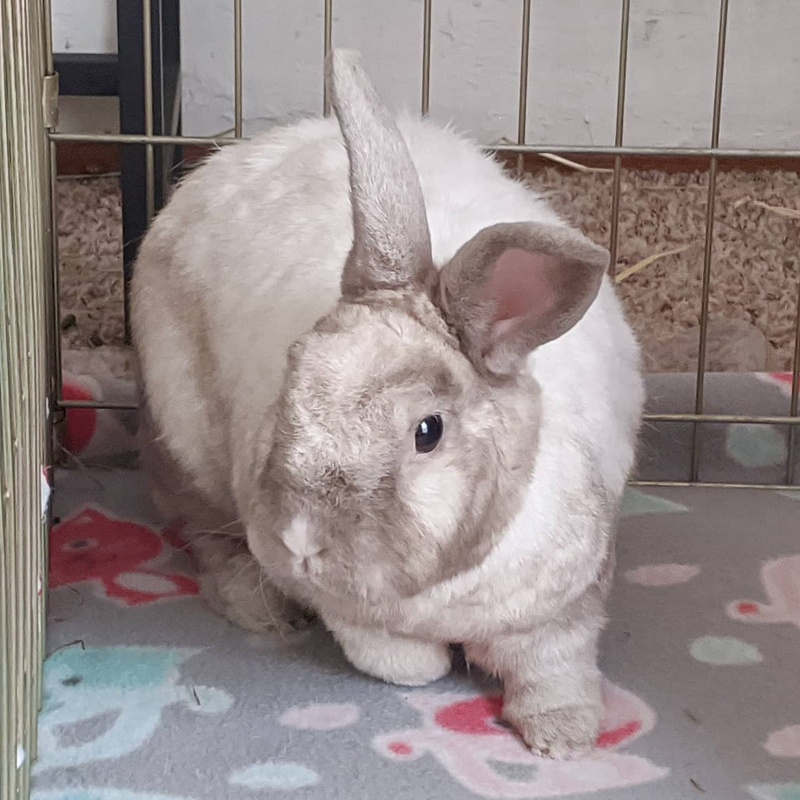
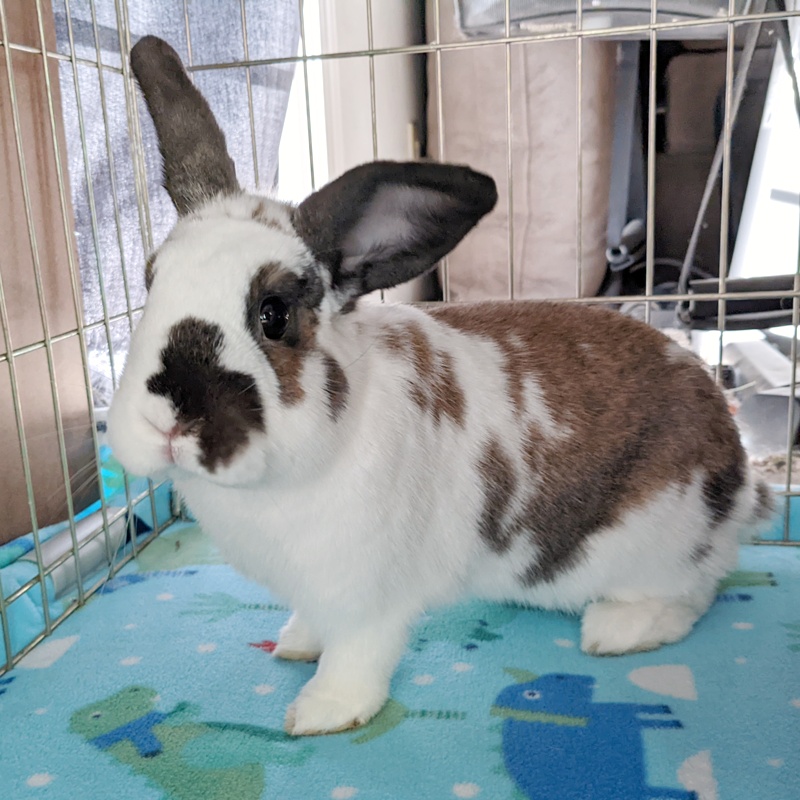
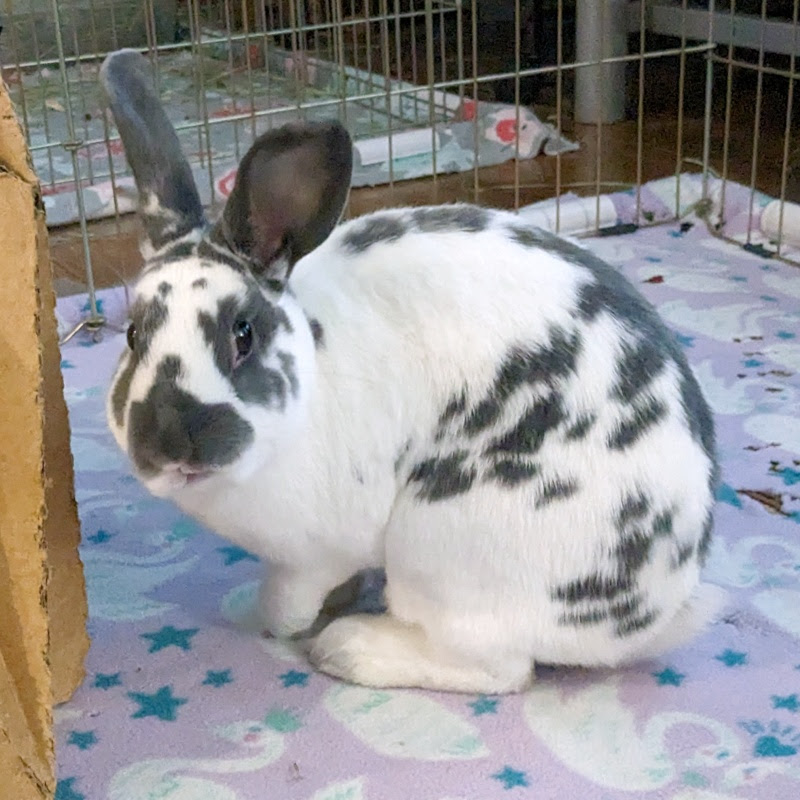
If your rabbit has a mane around their head and/or a little butt skirt, this indicates that if your rabbit is not a purebred lionhead, then they are at least a lionhead mix. Purebred lionheads are generally between 2-4 lbs with little triangular ears, so if your rabbit is significantly larger than that, then they are a mix instead.
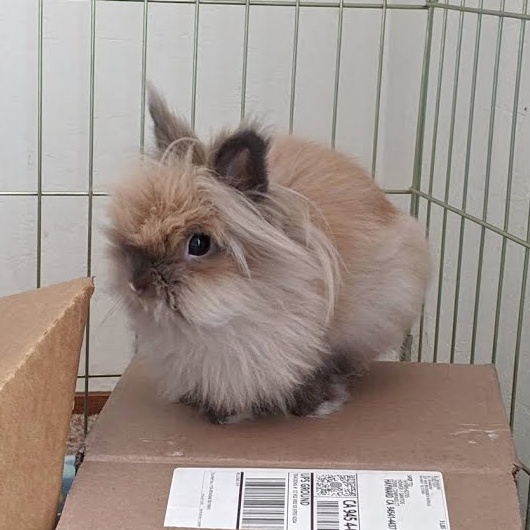
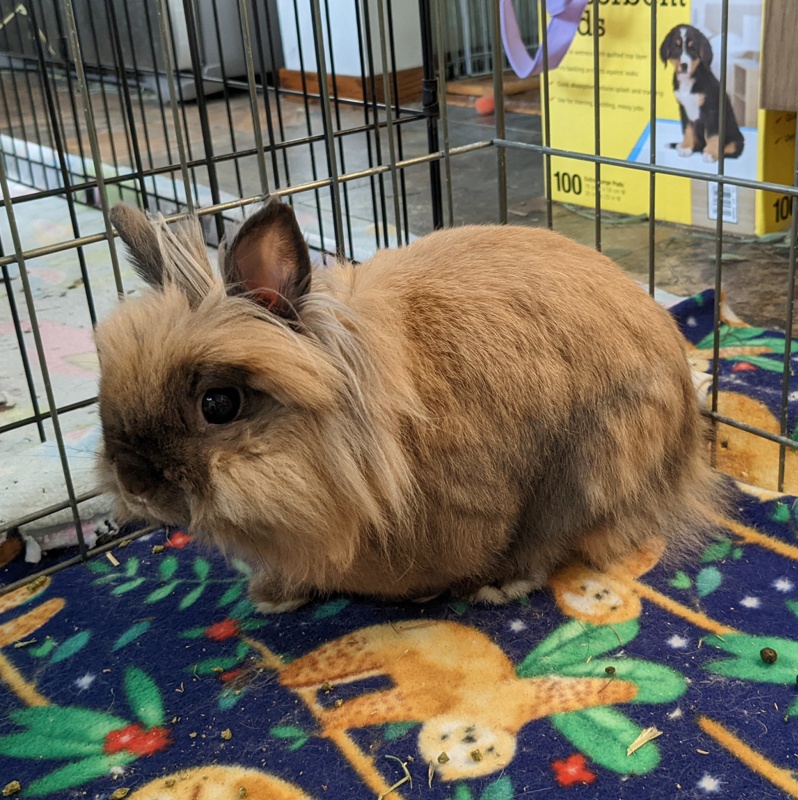
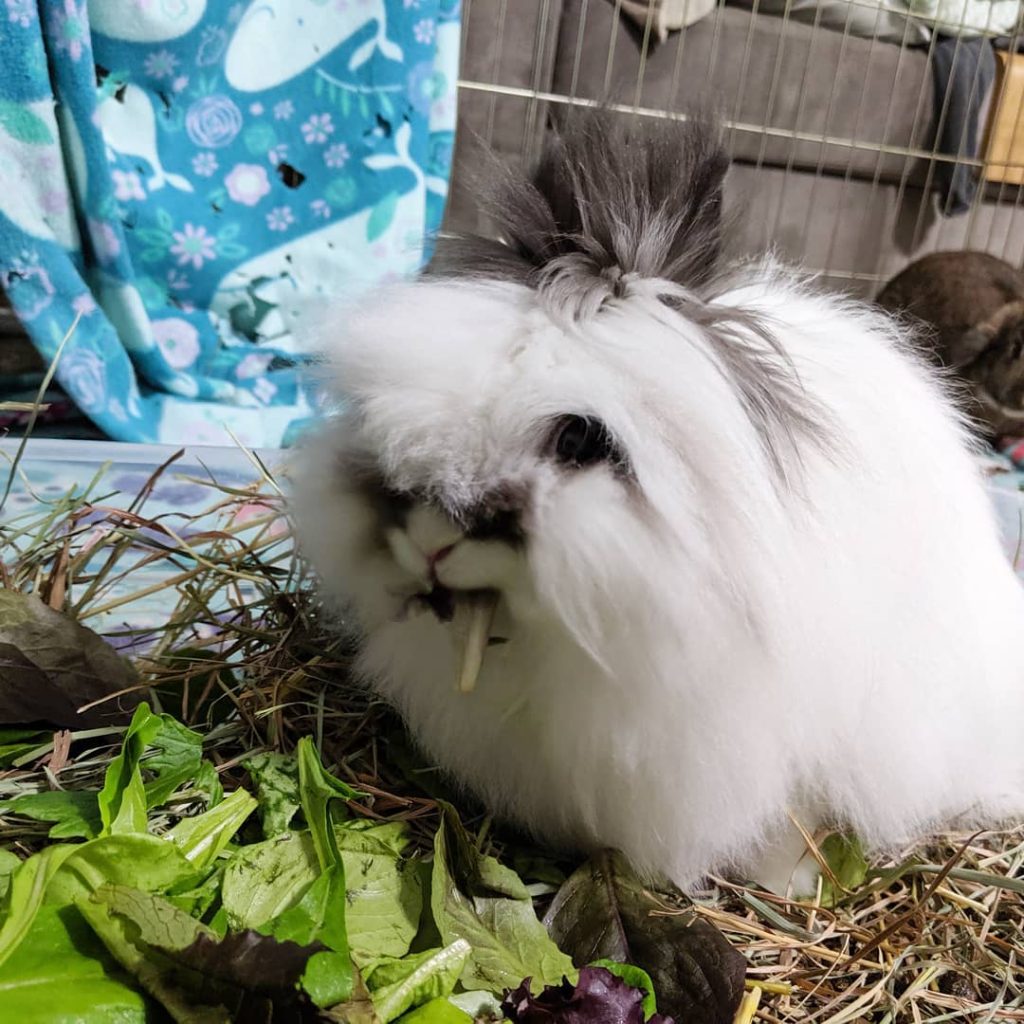
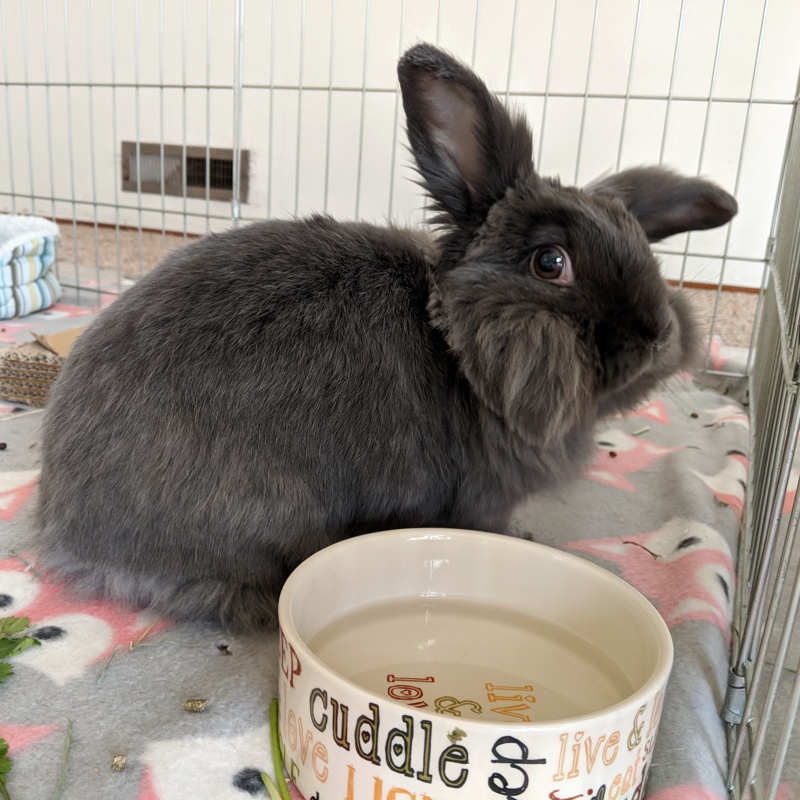
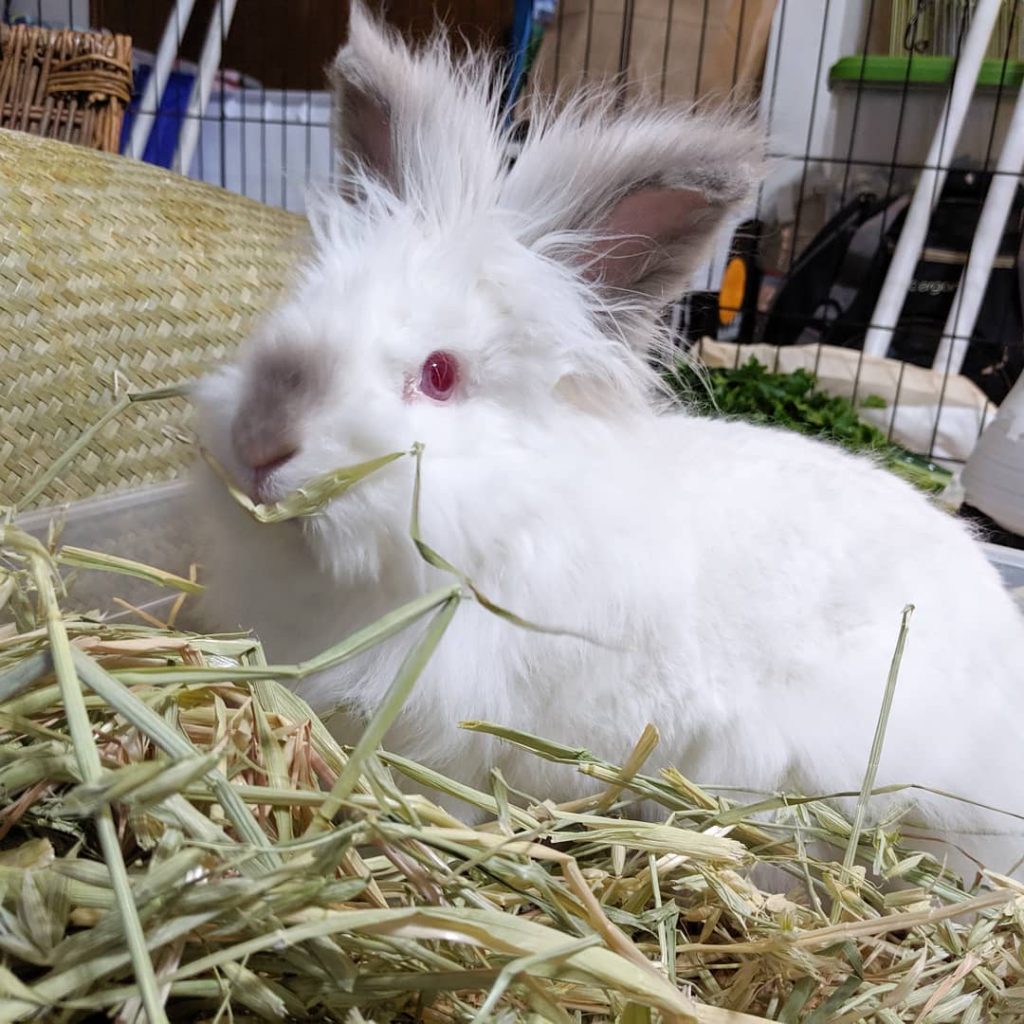
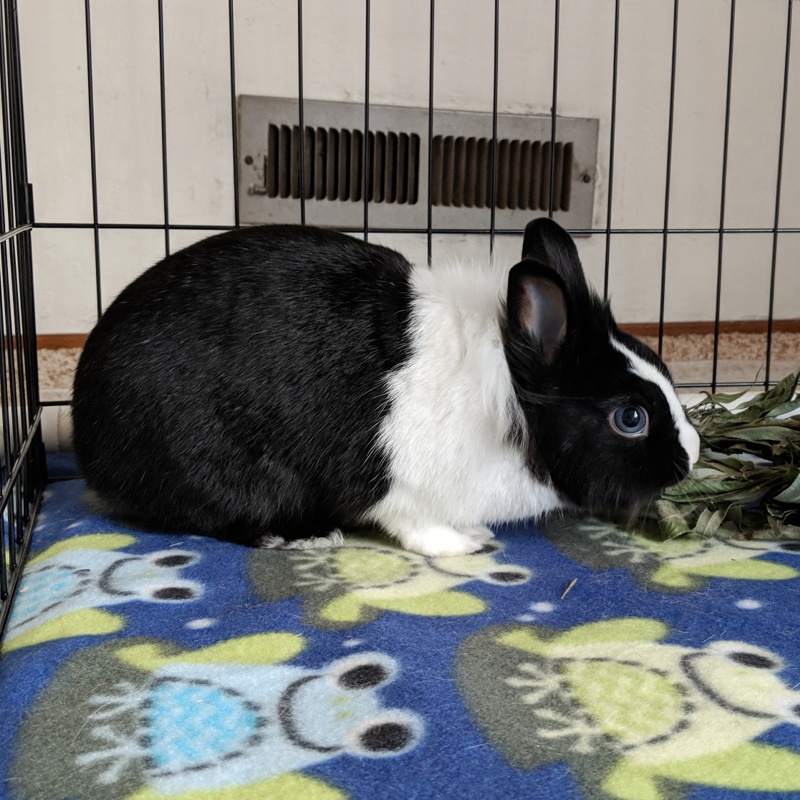
Purebred Angora rabbits are very obvious with long wooly coats, ear tassels, and their large size. Most owners will keep the rabbits trimmed down for easy grooming maintenance.
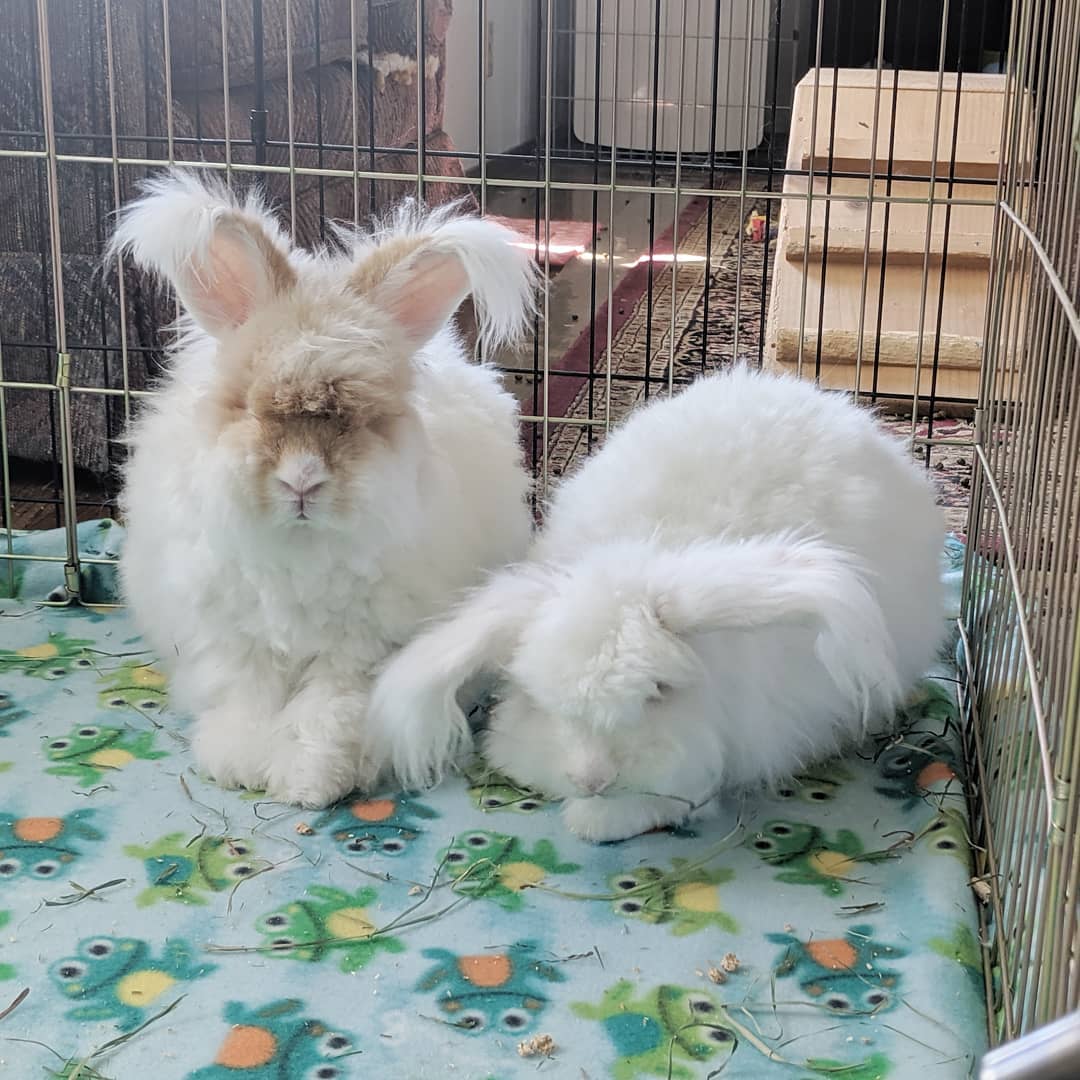
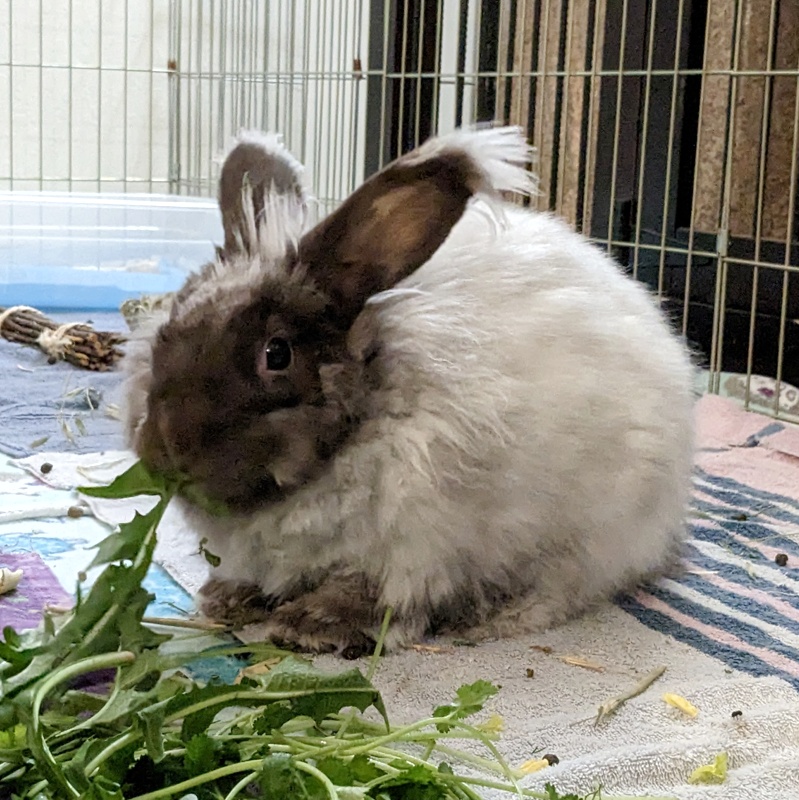
More uncommonly, you may see rabbits with satin fur. These rabbits will have a very pretty and obvious sheen to their coats and can likely be considered a satin breed. Satin fur, like Rex fur, is recessive, so both parents would need to be carriers of the gene.
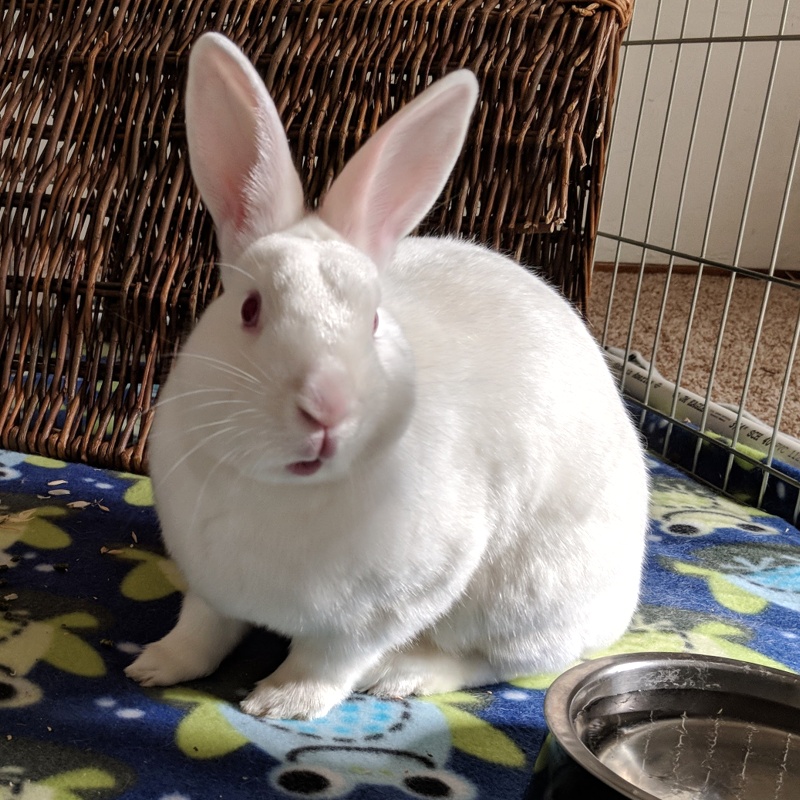
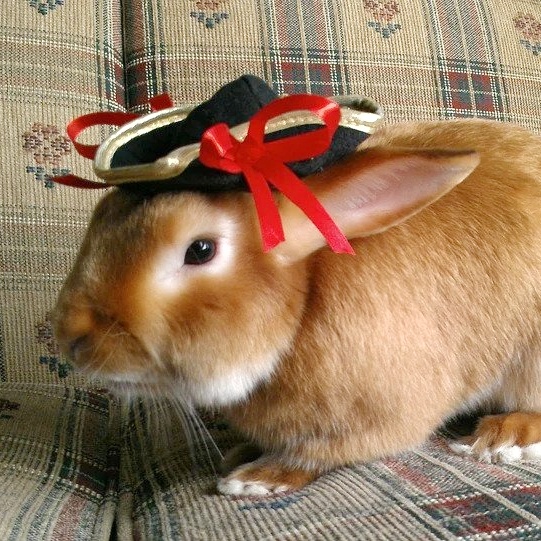
What kind of ears does your rabbit have?
Owners can usually easily tell if their rabbits are lops or lop mixes based on the ear carriage. If the ears are in any combination of down, half down, or even just a V shape, this usually indicates that there was some sort of lop parentage. However, note that even sometimes purebred lops may not have lopped ears due to the structure of their head and ears.
Other indications of possible lop heritage are rounded tip ears and a stocky round body. There is a subtle difference with the blunt round edges of a lop compared to the average radar-eared rabbit. Most lops have a very sturdy round body shape at a healthy weight.
If purebred, show breed weight standards for lops are the following:
- Holland Lop (US) / Miniature Lop (UK): 4 lb max
- Mini Lop (US) / Dwarf Lop (UK): about 4-7 lb
- French Lop: 10+ lb
Please note that even purebreds can be above or below those weight standards.
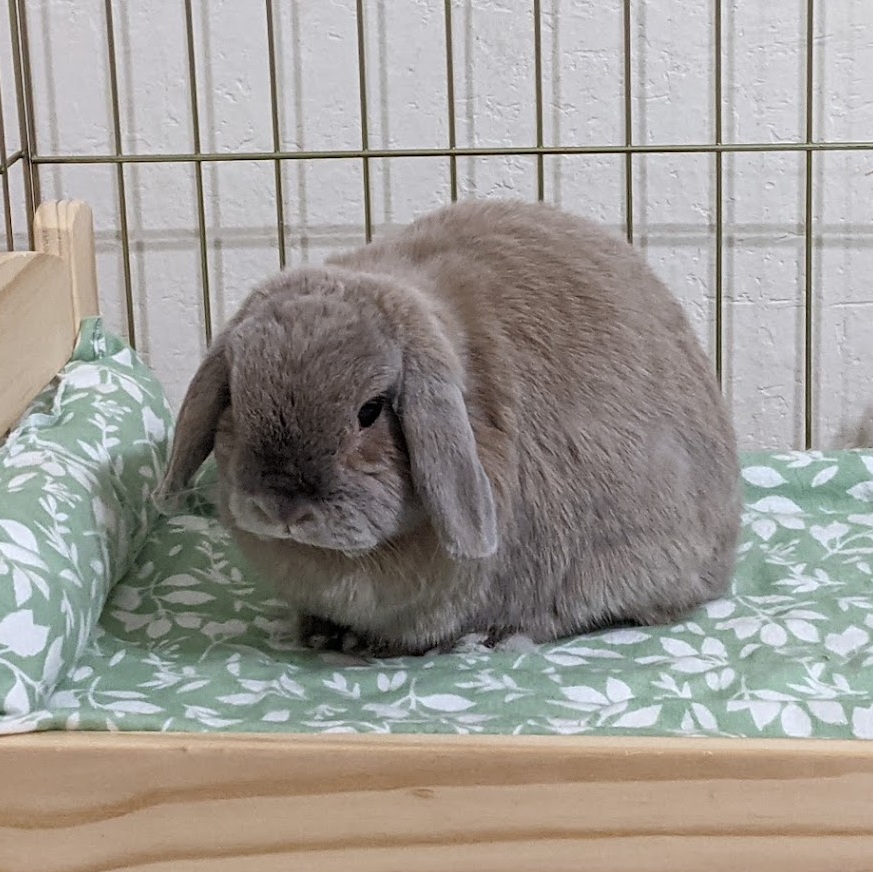
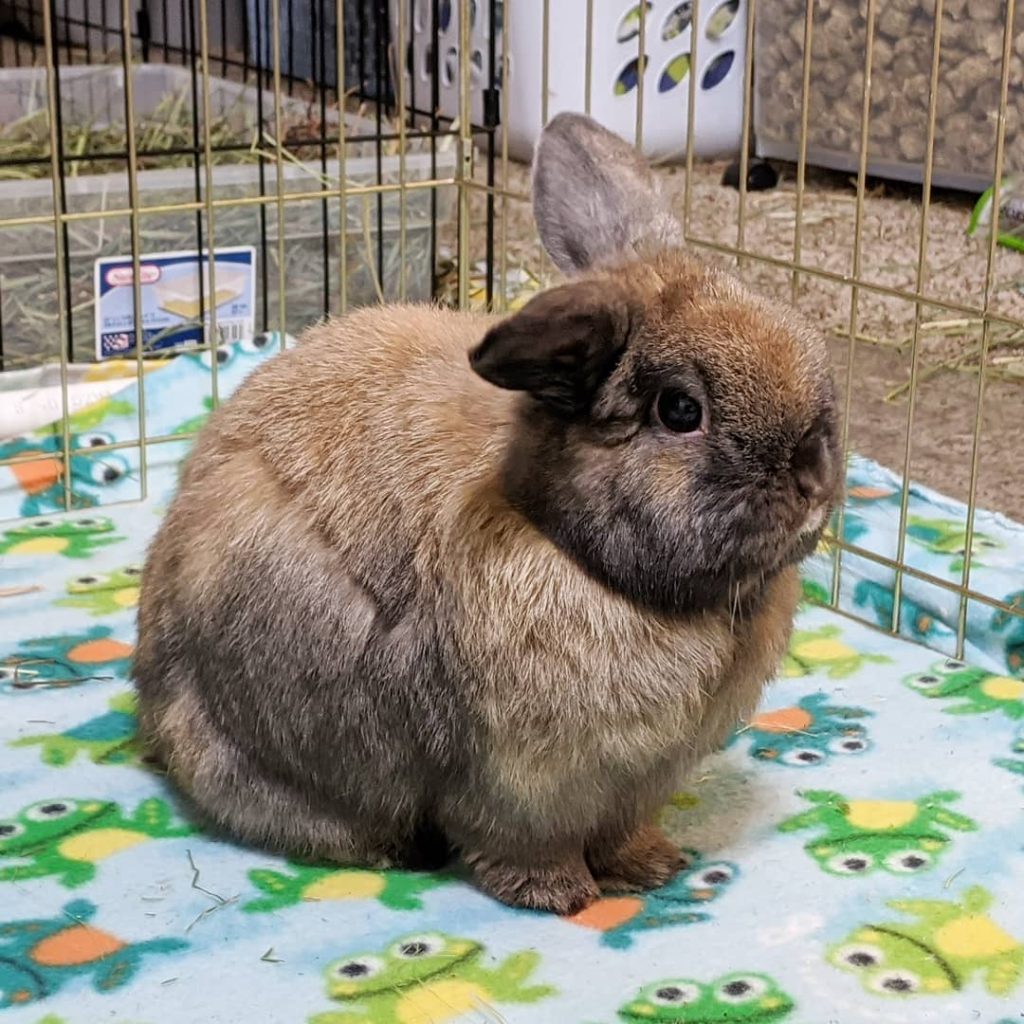
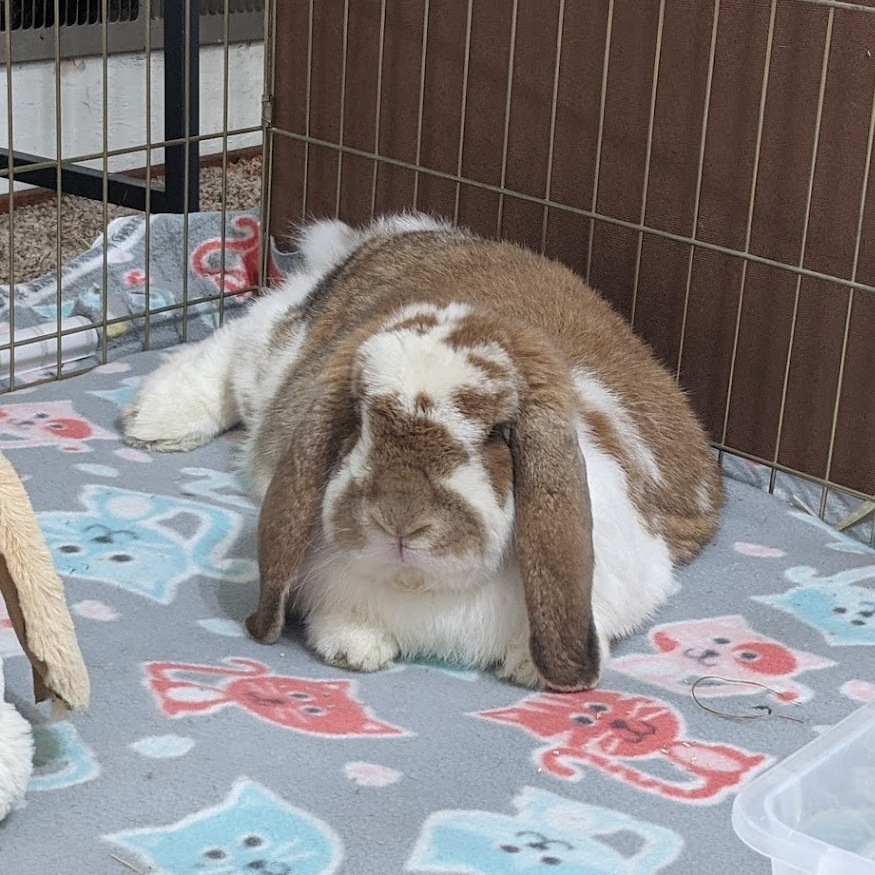
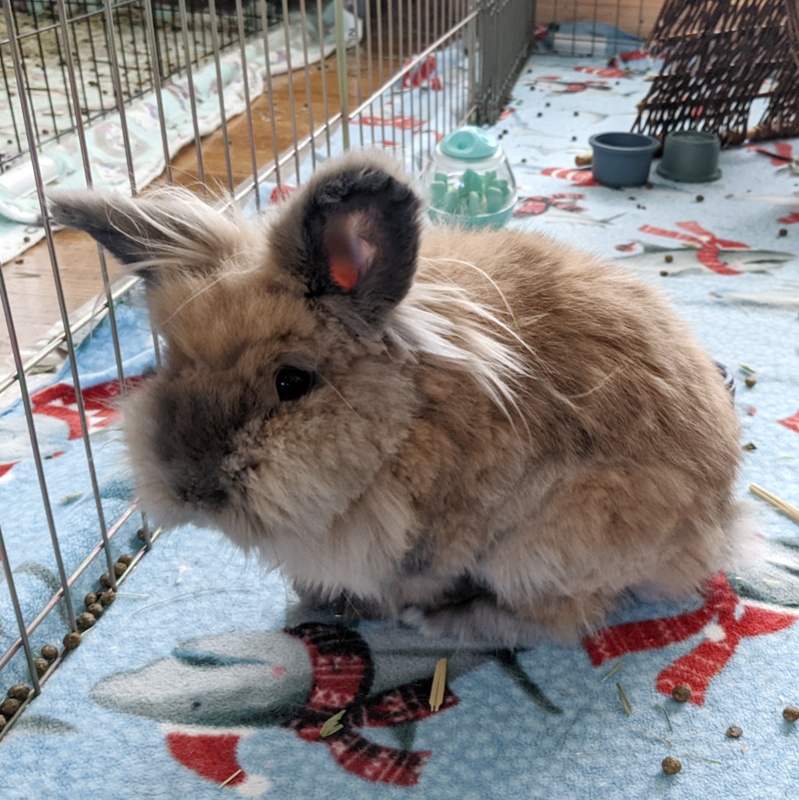
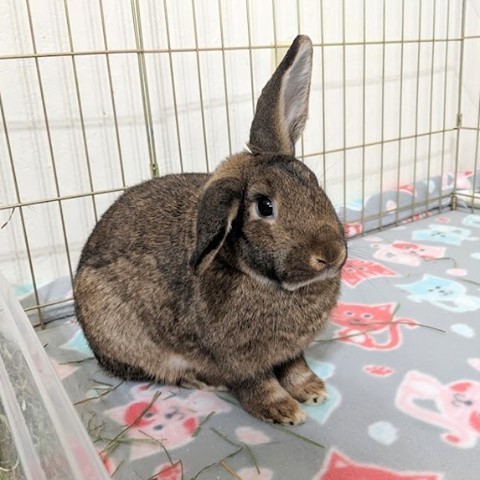
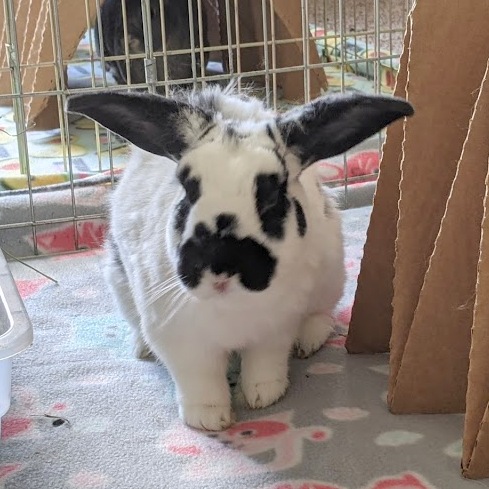

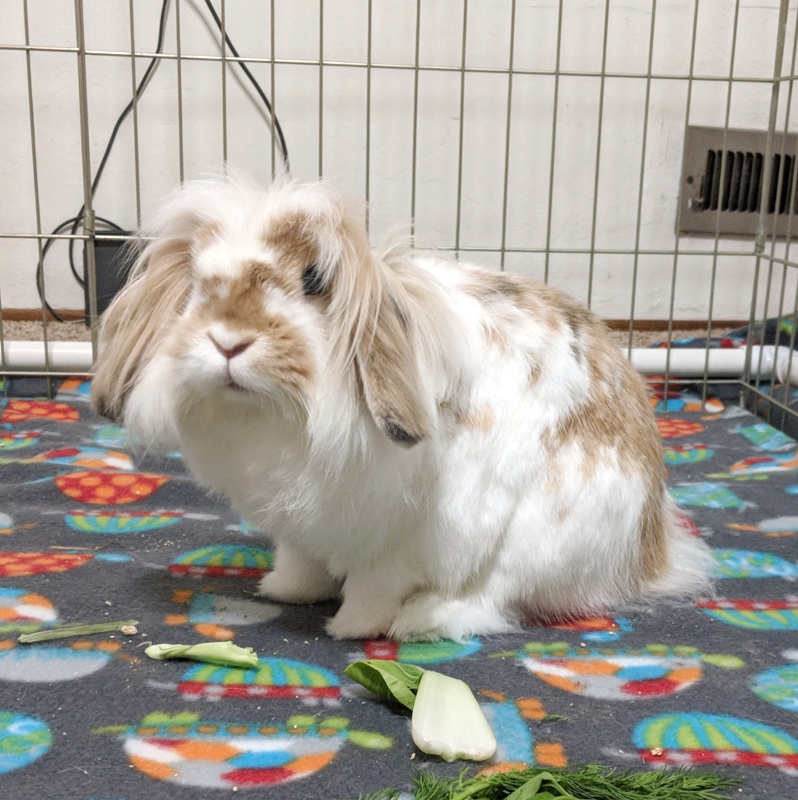


How big (or small) is your rabbit?
The weight of your rabbit can often narrow down what kind of mix (or purebred) your rabbit may be. Smaller rabbits under 5 lb as an adult probably have a smaller dwarf mix in them (e.g. Netherland Dwarf, Holland Lop). Larger rabbits over 7+ lbs likely have some sort of commercial breed mix in them (e.g. New Zealand, Rex). Many of these breeds are common pet and backyard breeding choices, which is usually the source of most strays and rabbits sold as pets.
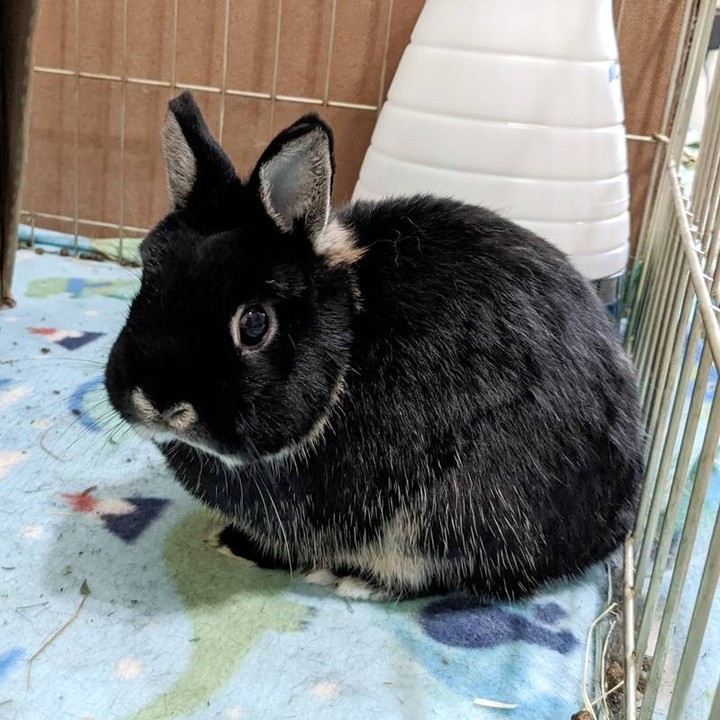
What color is your rabbit?
As a last option for breed identification, color can possibly be used. Most amateur guessers like using color first, but many colors can come in all types of breeds.
An especially common incorrect choice is identifying any rabbit with broken coloring as an English Spot or English Spot mix. English Spots have a specific arched body type and markings that are not found in most pet mixes. The broken coloring is an incomplete dominant coloring gene that can be found in any breed. Even purebred English Spots can turn out solid-colored.
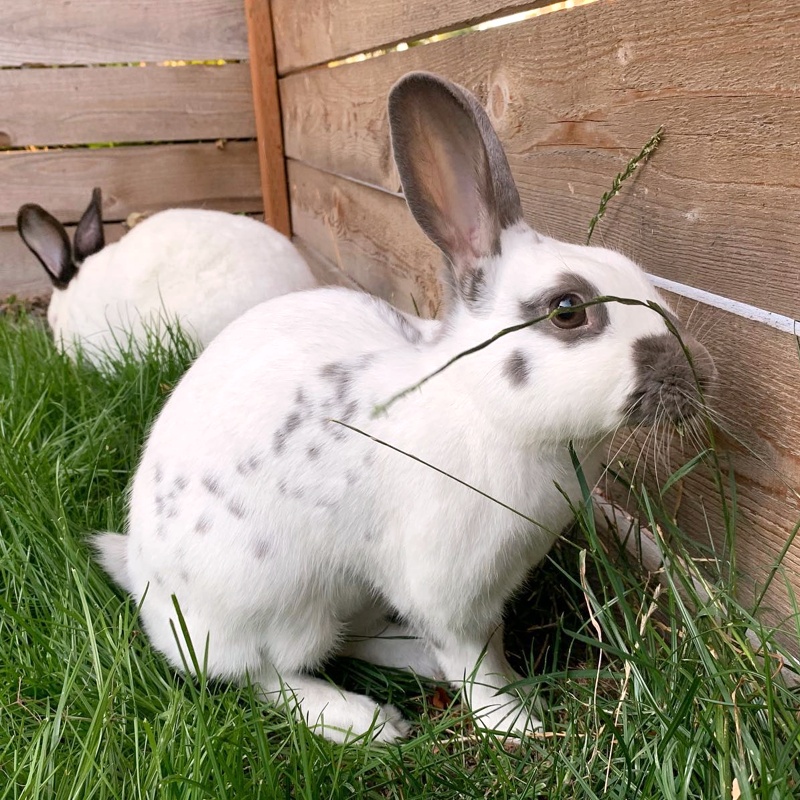
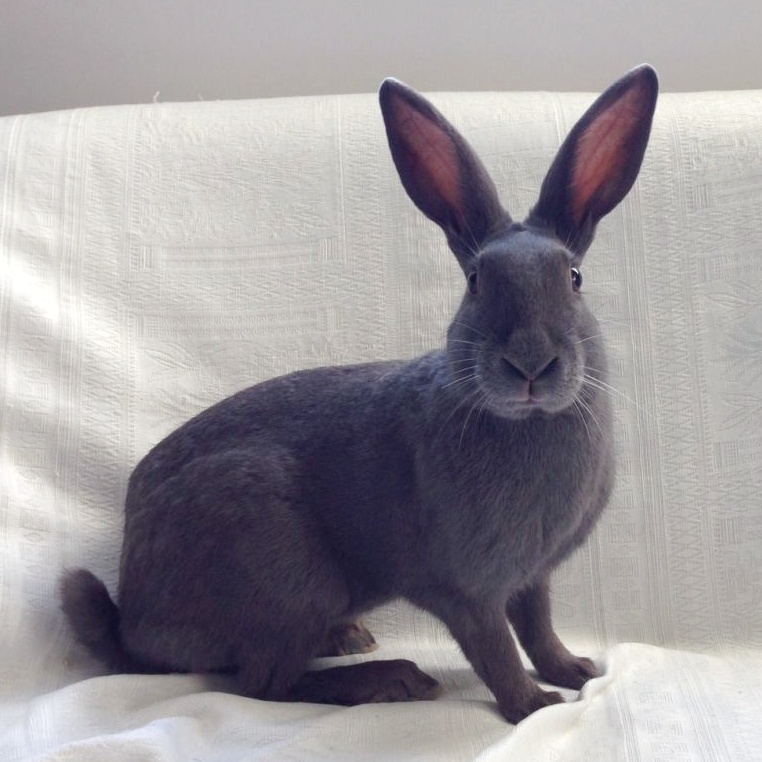
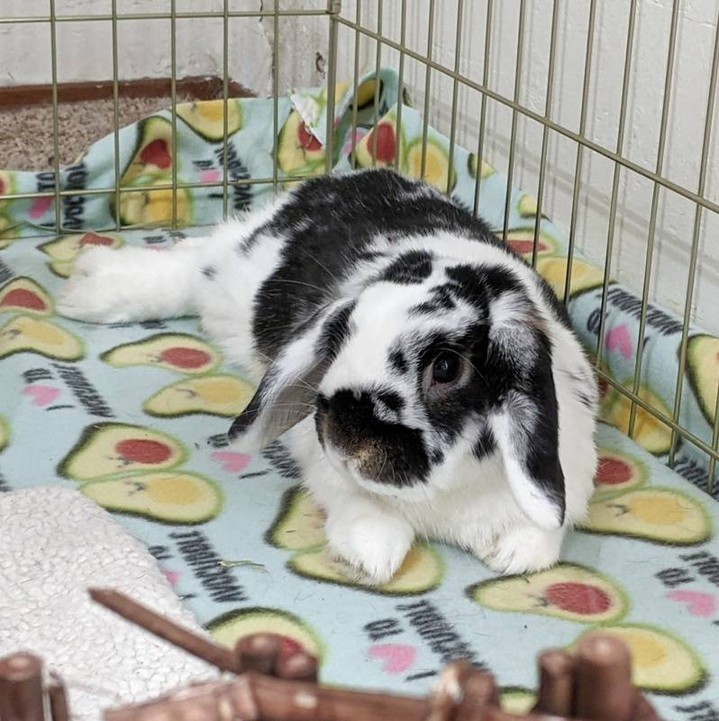


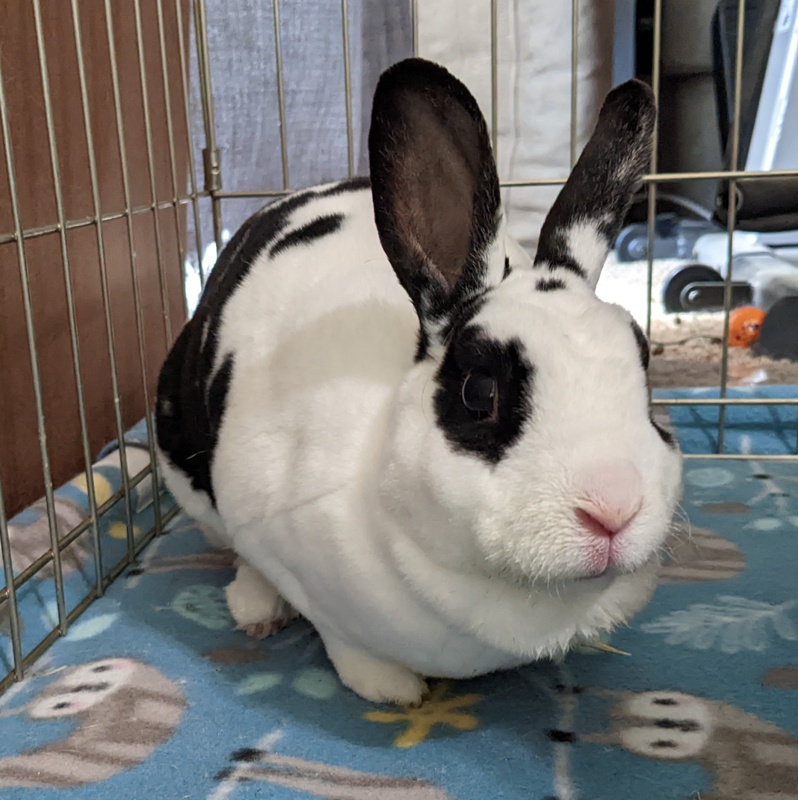
Another common mistake is identifying Vienna-marked rabbits as Dutch mixes. Dutch coloring is on a specific gene, and actual Dutch mixes would not have a clean Dutch pattern at all. One giveaway that the Vienna gene is causing the Dutch markings are bright blue eyes, either partially or fully. Purebred Dutch rabbits should also be around 3-6 lbs.
